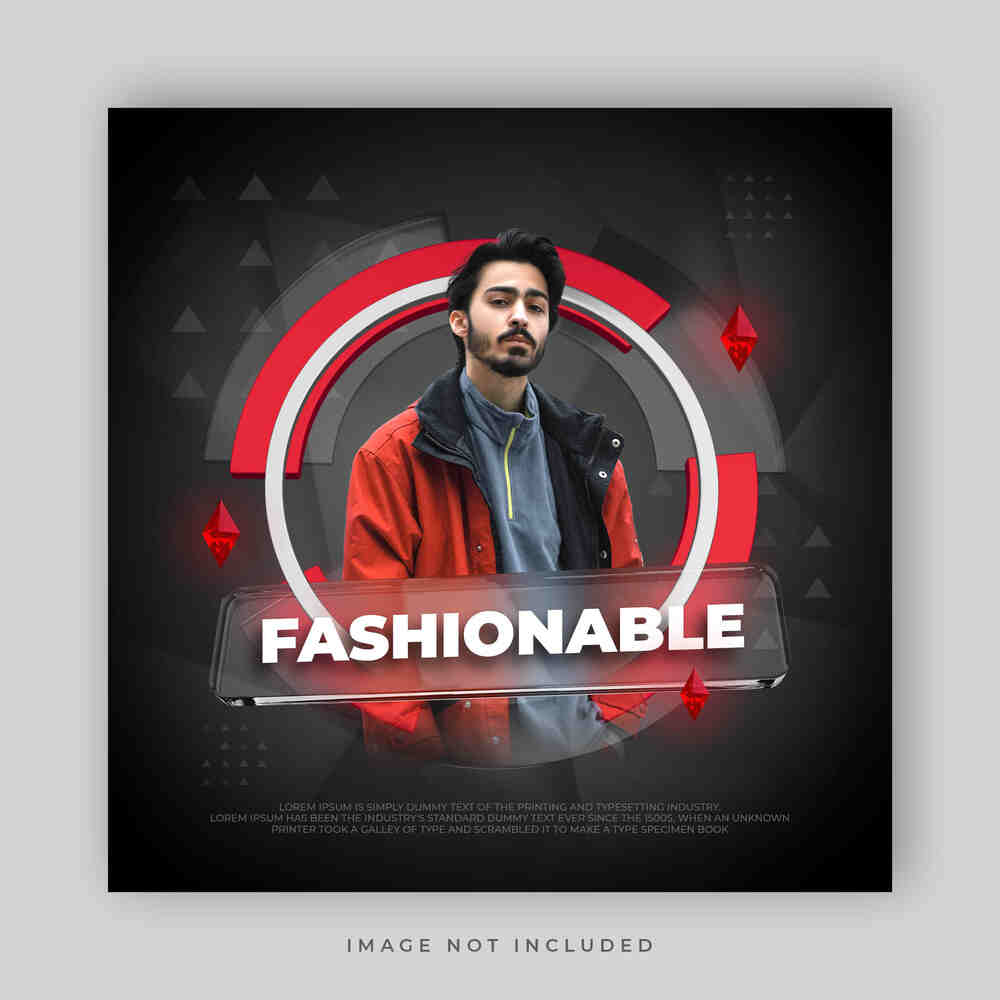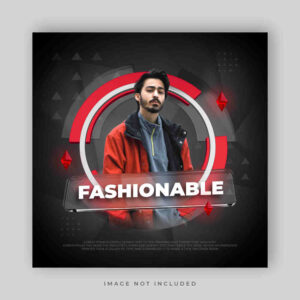Earlier, Keeping up with trends is crucial in the dynamic field of graphic design. PSD (Photoshop Document) design has long been at the forefront of this creative landscape, offering professionals and enthusiasts alike the tools they need to craft stunning visuals. As we venture into a new era, it’s time to explore the PSD design revolution and the trends that are shaping the industry.
The Evolution of PSD Design
To understand the current state of PSD design, we must first appreciate its evolution. At First, Adobe Photoshop, the software that birthed the PSD format, has been a cornerstone of graphic for decades. Over the years, it has continuously adapted to the changing needs of designers and creatives.
The PSD format itself has undergone transformations, from simple layered files to complex documents that include smart objects, adjustment layers, and more. These enhancements have empowered designers to work more efficiently and create intricate designs.
The Role of PSD Design in Modern Creative Work
PSD design is not just a file format; it’s a creative process that involves ideation, composition, and execution. It’s the canvas on which designers bring their visions to life, whether they’re working on web design, digital art, branding, or marketing materials.
Here are some key areas where continues to play a pivotal role:
1. Web Design and User Interface (UI) Design
Web designers rely heavily on PSD design to create website layouts, user interfaces, and interactive elements. PSD templates for web design provide a foundation for crafting responsive and visually appealing websites.
2. Print Media
Despite the digital age, print media remains an integral part of marketing and branding. PSD design is instrumental in creating print-ready materials such as brochures, flyers, posters, and business cards.
3. Digital Art and Illustration
Digital artists and illustrators harness the power of PSD to create intricate artworks, digital paintings, and illustrations. Especially, The flexibility of PSD files allows for easy experimentation and fine-tuning of details.
4. Photo Editing and Retouching
Photoshop’s robust image editing capabilities are a staple for photographers and photo editors. PSD files preserve the layers and adjustments, making it easy to revisit and refine edits.
5. Branding and Identity
Creating a cohesive brand identity is essential for businesses. Hence, PSD design is used to develop logos, brand guidelines, and marketing collateral that reflect a brand’s personality and values.
Find some more PSD’s here
The PSD Design Revolution: Trends to Watch
As we step into the future, several trends are shaping the landscape. Staying informed about these trends can give designers a competitive edge and inspire fresh creative approaches:
1. Minimalism and Simplicity
The “less is more” philosophy continues to influence design. Minimalistic PSD designs emphasize clean lines, ample white space, and straightforward typography. This trend is particularly prevalent in UI/UX design.
2. Dark Mode Interfaces
Dark mode isn’t just a trend; it’s become a user preference. Designers are incorporating dark mode options into their applications and websites, creating visually striking and energy-efficient interfaces.
3. 3D Design and Illustration
Technology advancements have increased the accessibility of 3D design. PSD design is now branching into three-dimensional realms, with designers creating immersive 3D illustrations and product renderings.
4. Sustainability and Eco-Conscious Design
With growing environmental awareness, eco-conscious design is on the rise. PSD templates and design assets featuring sustainable themes, eco-friendly colors, and nature-inspired elements are gaining popularity.
5. Bold Typography
Typography is taking center stage in many designs. So, expressive fonts are being used to convey messages and create eye-catching visuals. Combining typography with imagery in PSD designs can result in powerful compositions.
6. Augmented Reality (AR) Integration
As AR technology advances, designers are experimenting with incorporating augmented reality elements into their PSD designs. This trend offers new opportunities for interactive and engaging user experiences.
7. Customizable Templates
Designers are creating customizable PSD templates that cater to various industries and niches. These templates save time and allow businesses and individuals to easily personalize their marketing materials.
The Future of Design
Finally, The PSD design revolution is an ongoing journey, and its future is filled with exciting possibilities. As technology continues to advance, we can expect even more innovations in design tools and techniques. When The key to staying relevant in this dynamic field is to embrace change, continuously learn, and adapt to emerging trends.
In conclusion, design remains a cornerstone of the creative world, evolving alongside the needs and preferences of designers and users alike. At last, The trends shaping the industry reflect our changing digital landscape and offer a glimpse into the future of design. Whether you’re a seasoned professional or an aspiring designer, embracing these trends can help you navigate the PSD design revolution and create visually compelling work that stands the test of time.


